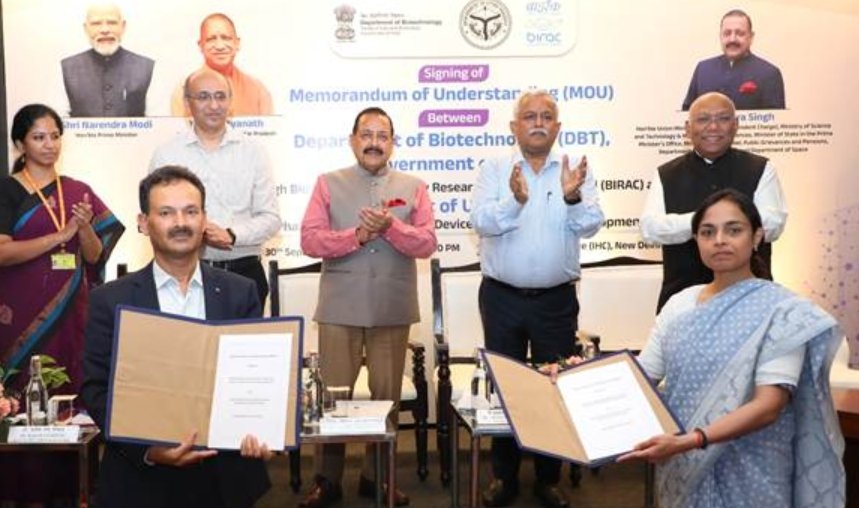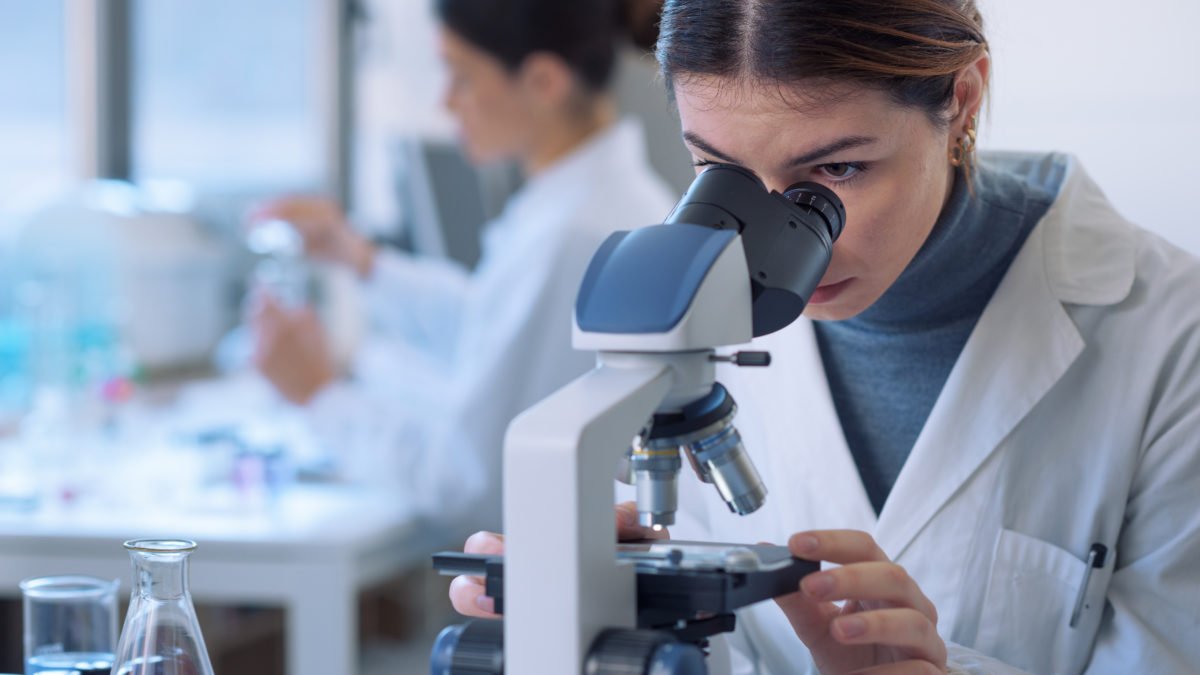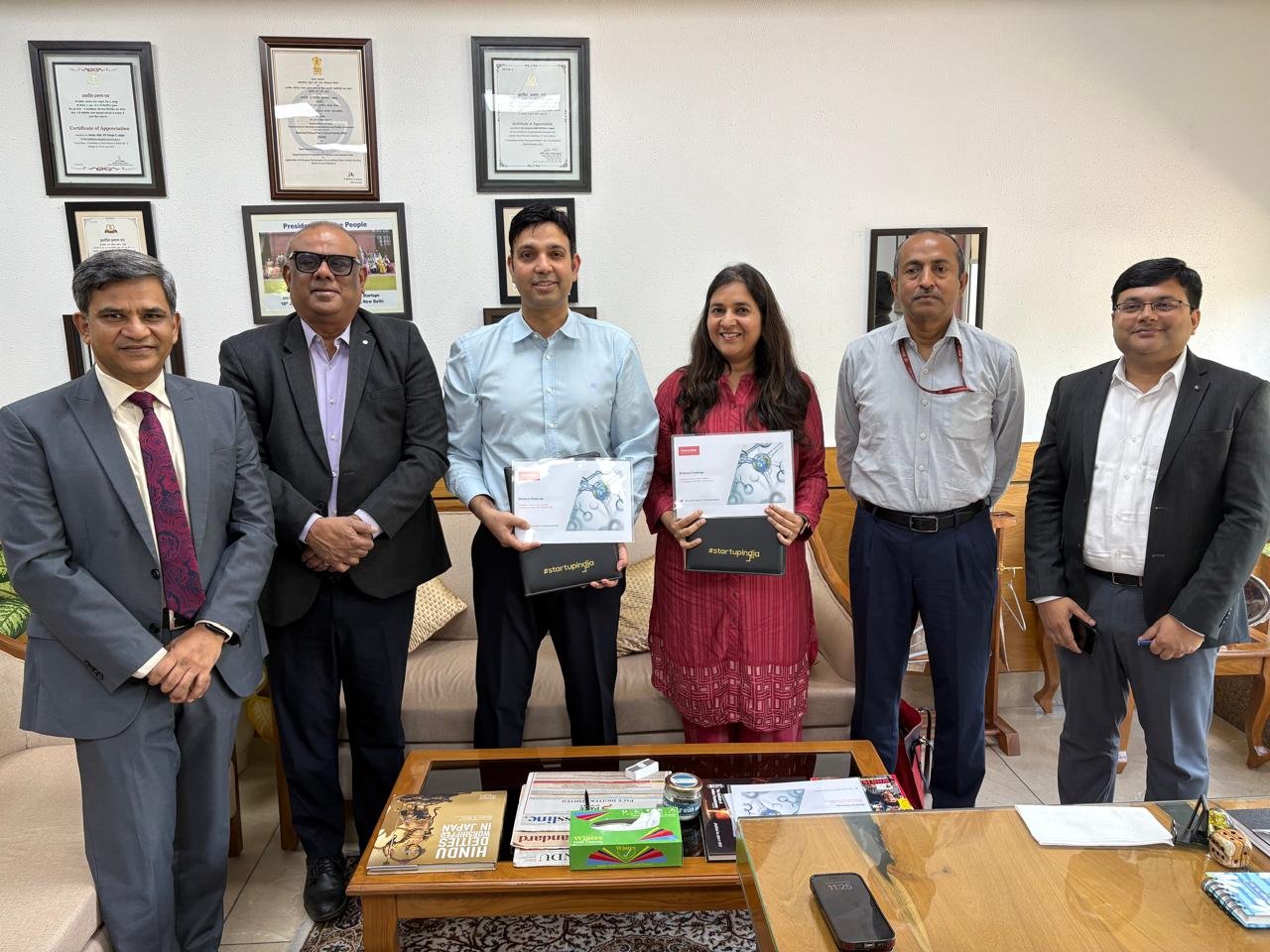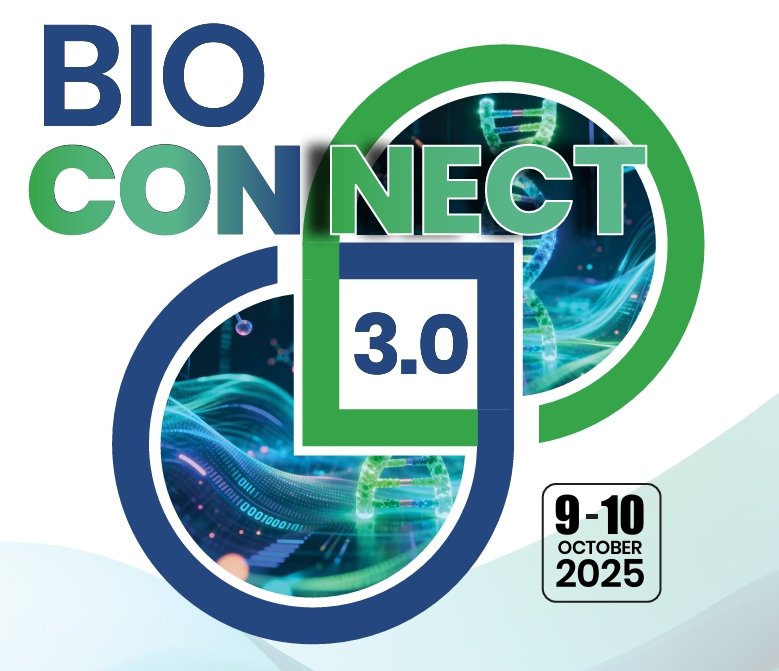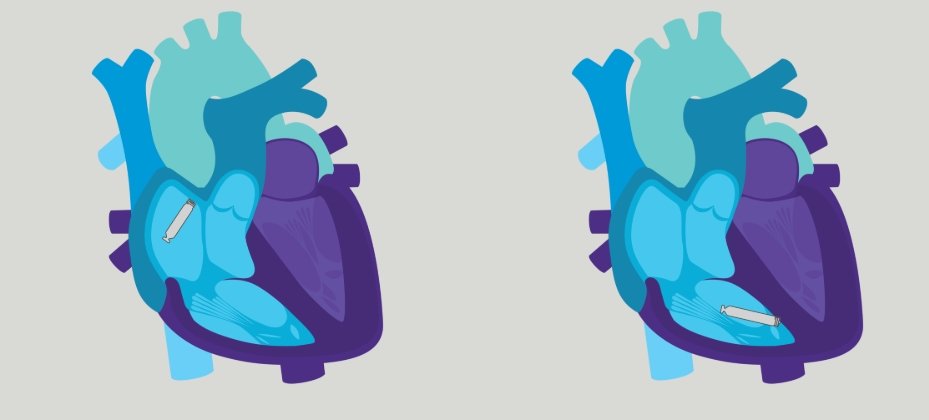Hot Technologies and Technological Challenges in Life Sciences Industry
March 11, 2009 | Wednesday | News
Hot
Technologies and Technological Challenges in Life Sciences Industry
 -R R Dalvi, vice
president, Fermentation Business and Projects, RPG Life Sciences
-R R Dalvi, vice
president, Fermentation Business and Projects, RPG Life Sciences
The biggest challenge for the pharmaceutical industry is and will
remain to be the discovery of new chemical entities (NCEs). As the
pipelines of most of the big innovator companies are drying up, many of
the potential blockbuster molecules have failed either in clinical
trials or at the market place.
Innovator companies are now looking desperately at small research
companies and using financial muscle to buy out their discoveries. But
we are still far-off from solving the problems of critical illnesses
affecting the human race. Unfortunately the focus has shifted from the
critical illnesses to the lifestyle-related problems and diseases
probably because of the market potential and also its impact in the
class having the ability to pay.
In India, the situation is even more dismal as the NCE research has
taken a back seat in most of the big pharma companies. The major reason
is that there is no great success story which can become a driving
force for all the business leaders. Recession also has taken its toll
particularly on those companies that have lot of exposure abroad or
have over leveraged their assets, this has limited their ability to
take risk. Government research laboratories are active in this area but
the industry is not working with them to take the concepts to
commercialization.
In search of NCEs, the focus has shifted to biotechnology, monoclonal
antibodies (MAbs) have provided answer to some of the problems. Some of
these MAb-based drugs have become blockbusters and the work in this
area is going on at a feverish pitch. Among Indian companies, Biocon
definitely has a head start and they have initiated research efforts in
this area. We may see some successful culmination of the efforts when
the product sees the light of the day. Other than Biocon, there are not
many players in this area as it requires lot of investment and
commitment from the management. The major concern of biotech companies
that are in the generic space is the legal frame work under discussion
in the US. Convincing the authorities that their product is equivalent
to the innovator product requires some effort.
The other major challenge is the development of vaccines for some of
the important diseases like AIDS, cancer etc. Though some advances are
made in this area, we are far from the situation where we can claim to
have conquered these diseases. The development of diagnostic tools for
certain diseases is also a major challenge, particularly for
those diseases which need to be controlled at an early stage for the
complete recovery of the patient. In India, lot of startup companies
are active in this area but no big successes are seen.
The other area of work is the stem cell research, which is more
specific to the patient. There is a lot of work going on in hospitals
where the medical specialists are working on developing specific cures
for individual patients using the stem cells, this work is going on in
many centers in India. However, by the very nature of the cure, it will
be specific to the individual patient. The challenge would be how to
roll it out on to a bigger scale and make it viable for patients.
Nanotechnology has been talked about as a delivery mechanism in many
cases and offers a tremendous potential. It will help to deliver the
drug to the cell where it is required and at the same time limit its
side effects as it will be a targeted delivery. This is of high
importance particularly for diseases like cancer where we need to focus
on unwanted cell mass without affecting the normal cells and there is a
need to distinguish between the two cells, lot of work is going on in
this area and some successes are seen. Nanotechnology has also found
lot of potential uses in diagnostics. In India, government is
supporting lot of research work and in the coming years there is
expected to be tremendous development in this field.
After a decade, one can expect that the biotechnology coupled with
nanotechnology can give solutions to many problems in diagnostics,
vaccines and drug delivery.



